What the Hand Reveals
No. 191: Then & Now (Handwriting); Art (asemic); Kristian Kabuay, Taipan Lucero, Japanese calligraphy ink, Rajiv Surendra & Mike Ward, World of Cursive, Tarkovsky Quartet, Billy Bragg, and Wilco.
THEN & NOW
Then
Since my primary knowledge of my parents’ families in the Philippines is through their letters, I feel like I’m getting to know my aunts and uncles through their handwriting. My aunt Dading’s handwriting is so similar to my mother’s. Their cursive letters are rounded and curvy, and they don’t slant at all. Mom seemed to be writing with a ballpoint pen, while my aunt was writing with a fountain pen. Perhaps they learned to write in the same classrooms, or from the same practice workbooks. I know nothing about handwriting analysis (graphology), and I don’t make any claims for its accuracy. But, if one’s handwriting is an expression of personality, I would guess that Mom’s larger, more open letters reflected her outgoing personality.
Mom’s handwriting:
Aunt Dading’s handwriting was similar, but more compact. Although I can’t say I knew her well, I would guess from her writing that she was a good planner, and perhaps less impulsive than my mom:
Mom was receiving letters from other close family members, too. Less often, letters and cards would appear in the mailbox from cousins and my father’s relatives.
In December of 1956, she received correspondence from her oldest brother, Vicente (Ente). His cursive was written in blue fountain pen ink, the letters well formed and slanted. I get a sense of him as ambitious, friendly, and energetic.
He frankly admitted that he had not sent a letter to my mom since she had emigrated to the U.S., and he was apologetic:
I have not sent you any letter ever since you left for America. It was always Remy [his wife] who does the writing. For this, I would say, I am awfully sorry and I hope you forgive my shortcomings. I know how much you feel about this but, believe me, when I say that I also feel sad for not seeing you for quite a long time.
Uncle Ente reported on the status of my grandmother (fine) and the rest of the family, saying that he was going to send Mom a family photo. I was moved to read his words of appreciation for gifts received from my father, and how much he valued Dad’s friendship.
Reading these letters, I realize how little can be learned about someone’s personality from emails. Like email, handwritten correspondence conveys meaning through words, and punctuation marks help to signify emotions. But evidence of humanity is more palpable in a handwritten letter. The script, the ink, and even the paper, envelope, and stamps add layers of context to the words.
Some Filipino indigenous groups had already developed Filipino scripts, such as Hanunó'o, and Baybayin, when Spanish colonizers arrived; these scripts are quite beautiful (see Kristian Kabuay and Taipan Lucero links in the Rabbit Hole section). However, as Val Guilbert Mariwa notes, cursive writing is now a “dying form” in the Philippines, just as it is in many other countries.
Now
Removing all social media apps from my smartphone feels good—like a big exhale. Occasionally I feel a bit lost, though, without the constant and addictive distraction. I still check the news on my computer—but only AP (Associated Press), which is usually regarded as the least biased source. I’ve been reading Prof. Anna Lembke’s book Dopamine Nation, which provides some welcome insight into how social media has been affecting consumers since the advent of algorithmic feeds.
ART
For a brief period in the Philippines, my father worked as a sign painter. The word “Hotel” that he painted in gold leaf on the front door of an apartment building in San Francisco’s Chinatown was still there, last time I looked on Google Maps. In my 30s, I freelanced for a few years as a calligrapher. Encouraged by my father, I learned from books that came out of the Western tradition of calligraphy. My asemic art (writing without specific content) reflects my interest in human expression through handwriting. Whether the writing is legible or not, it still reveals something about the human who wrote it. Below is an ink drawing that incorporates both babayin script (top) and asemics (bottom left)
RABBIT HOLE
Two Baybayin artists:
Kristian Kabuay (in the U.S.):
Taipan Lucero (Philippines):
Why is Japanese calligraphy ink so expensive? (from Business Insider)
Rajiv Surendra and Mike Ward introduce you to calligraphy basics, techniques, and tools. (I learned a few new things from this):
SOUNDINGS
The words to the Filipino folksong “Bahay Kubo” written in simple cursive and accompanied Chris Haugen’s “Fractal of Light” (from World of Cursive):
Nipa Hut, though very modest
Many plants over there
Jicama and eggplant, winged beans and peanuts,
long beans, lablab, lima beans
Winter melon, sponge gourd, bottle gourds and squash
and also radishes, mustard,
onions, tomatoes, garlic and ginger
and all around the hut are filled with sesame!
Thanks to M. for turning me on to the Tarkovsky Quartet. Their improvisatory work complements the moody surrealism and haunting sense of displacement in director Tarkovsky’s films. See for yourself:
Singer/songwriter and activist Billy Bragg interviewed on Broken Record. Interesting to me for his descriptions of visiting the United States for the first time, in the 1980s, and his thoughts (as a fan) of Elvis Presley:
Wilco and Billy Bragg performing “California Stars.”1
My gratitude goes to everyone who reads Eulipion Outpost regularly, and especially to those who have subscribed or donated on my Ko-fi page to support my efforts.
My ongoing appreciation goes to the Mysterious M. for his excellent editing skills.
Website and blog: Jeanvengua.com
A Crooked Mile (a blog)
CommonwealthCafe (Filipino American & AAPI history and print culture)
Eulipion Outpost is a reader-supported publication. To receive new posts and support my work, consider becoming a free or paid subscriber.
Although I’m Filipino American, I was born and raised in California. I’m about as California as you can get—so songs like “California Stars” have a strong appeal.

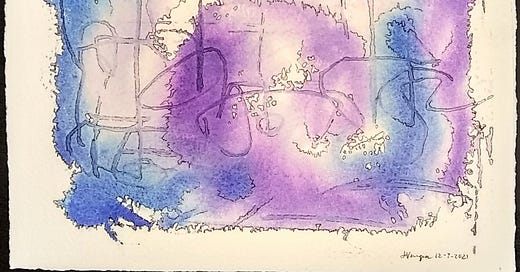




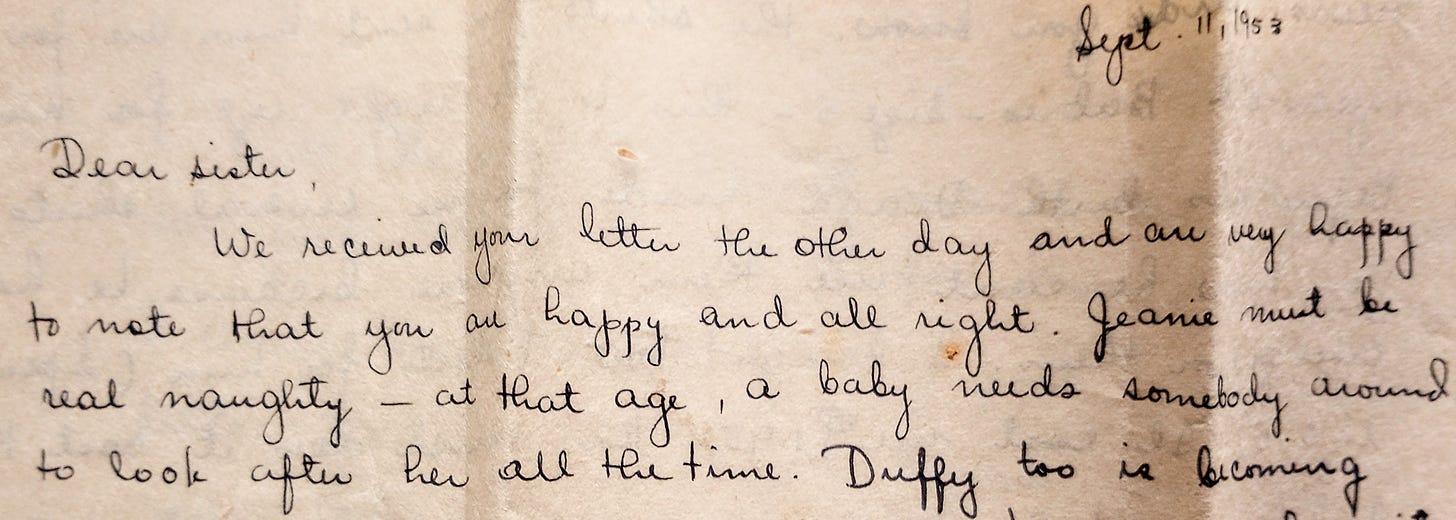
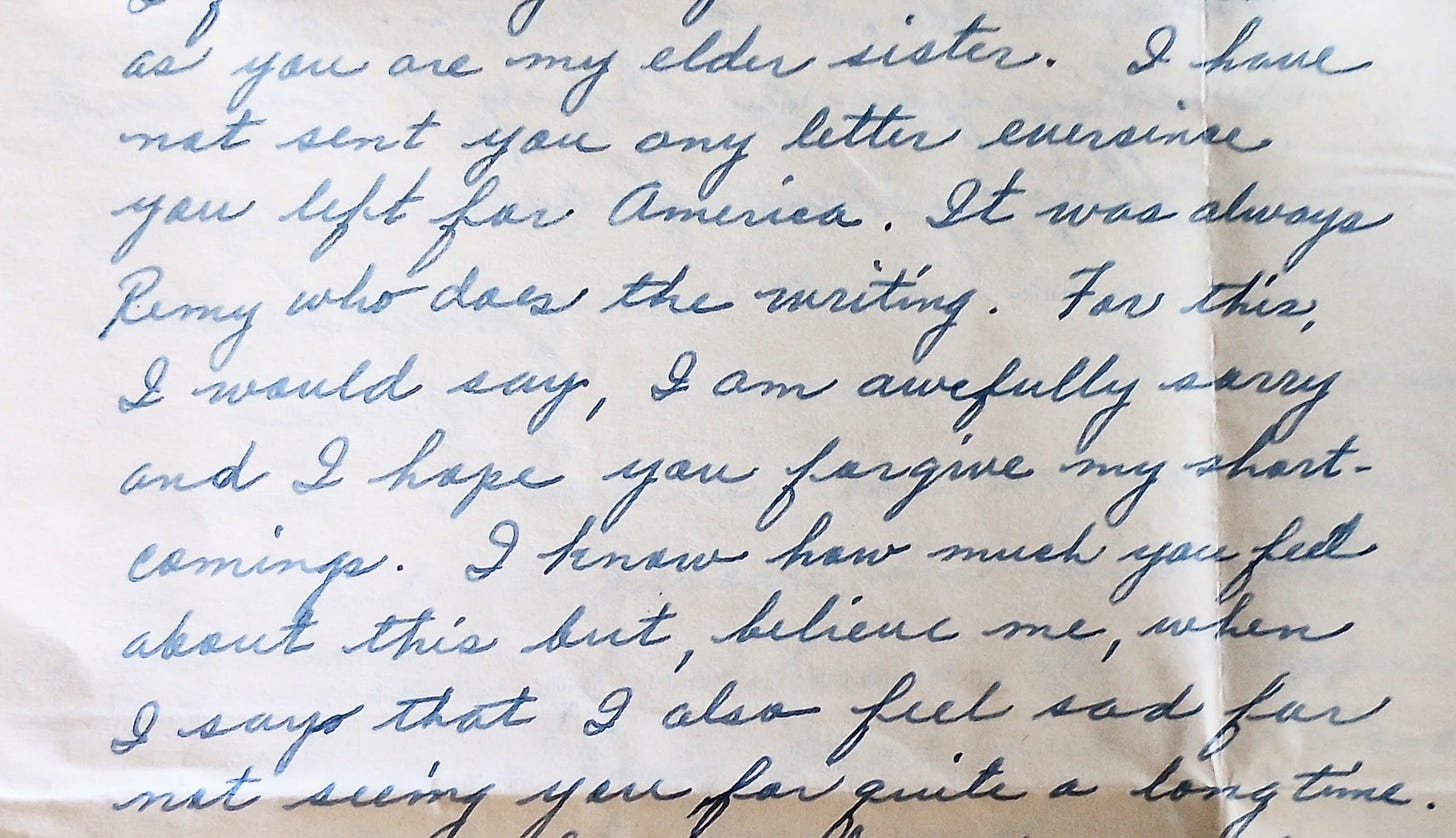
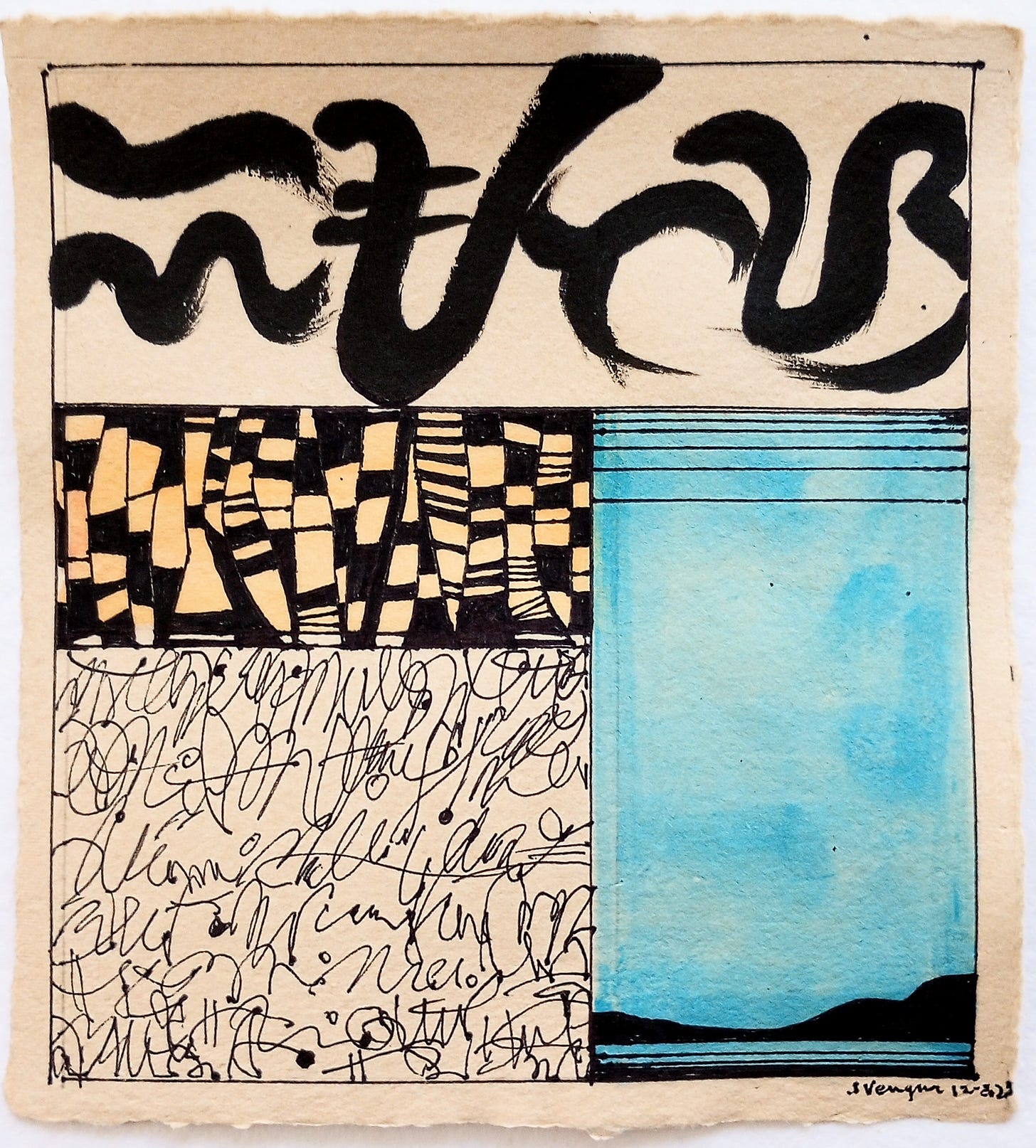
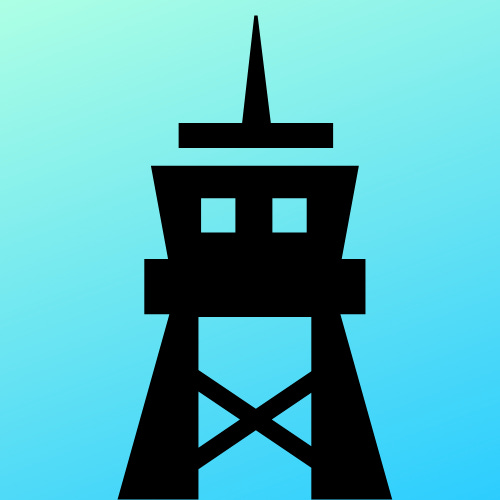
Hey Jean
Love all the handwriting! Such a lost art now, yes? (My mom's and dad's handwriting looks the same too! )
Hope all is well with you,
Cj